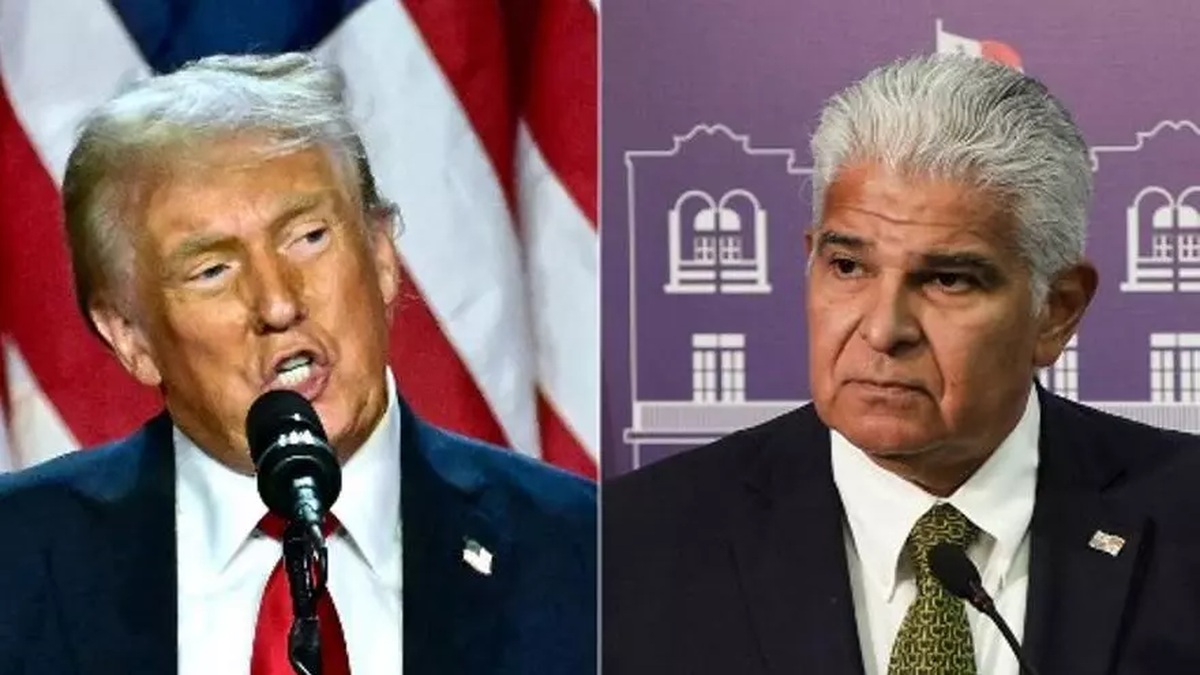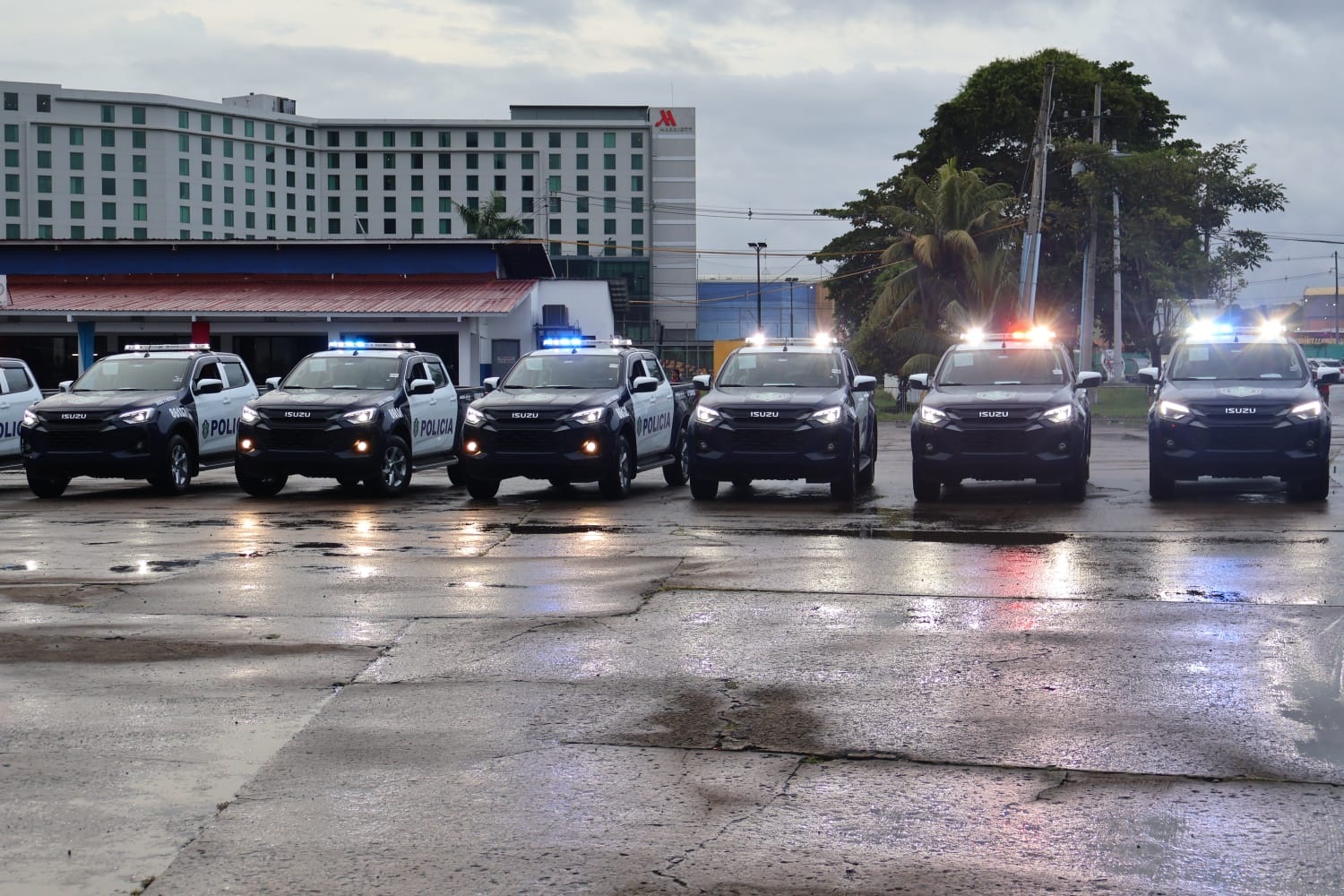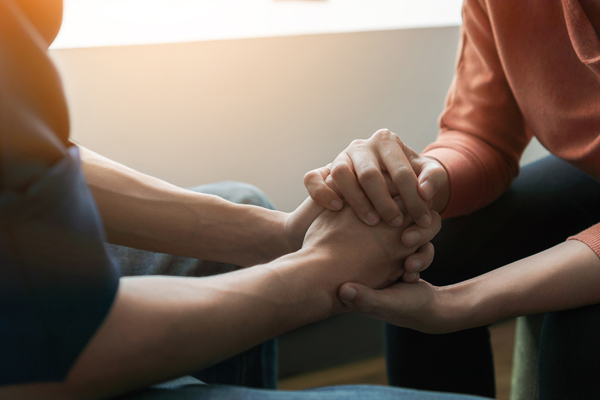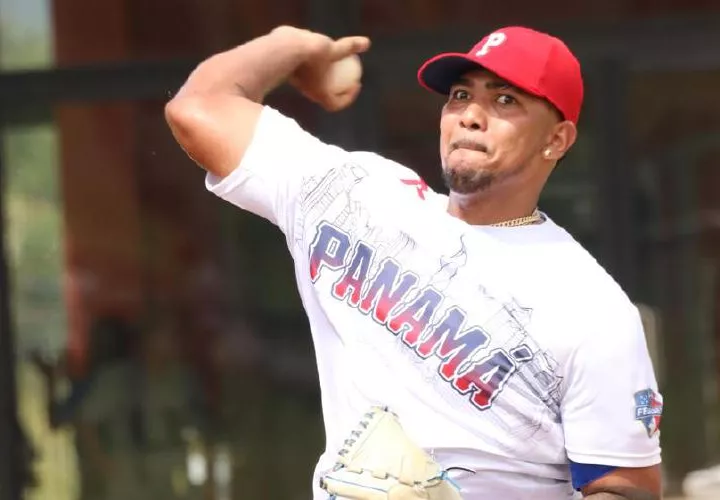November 3 of 1903 | The Birth of a Nation and its Historical Legacy
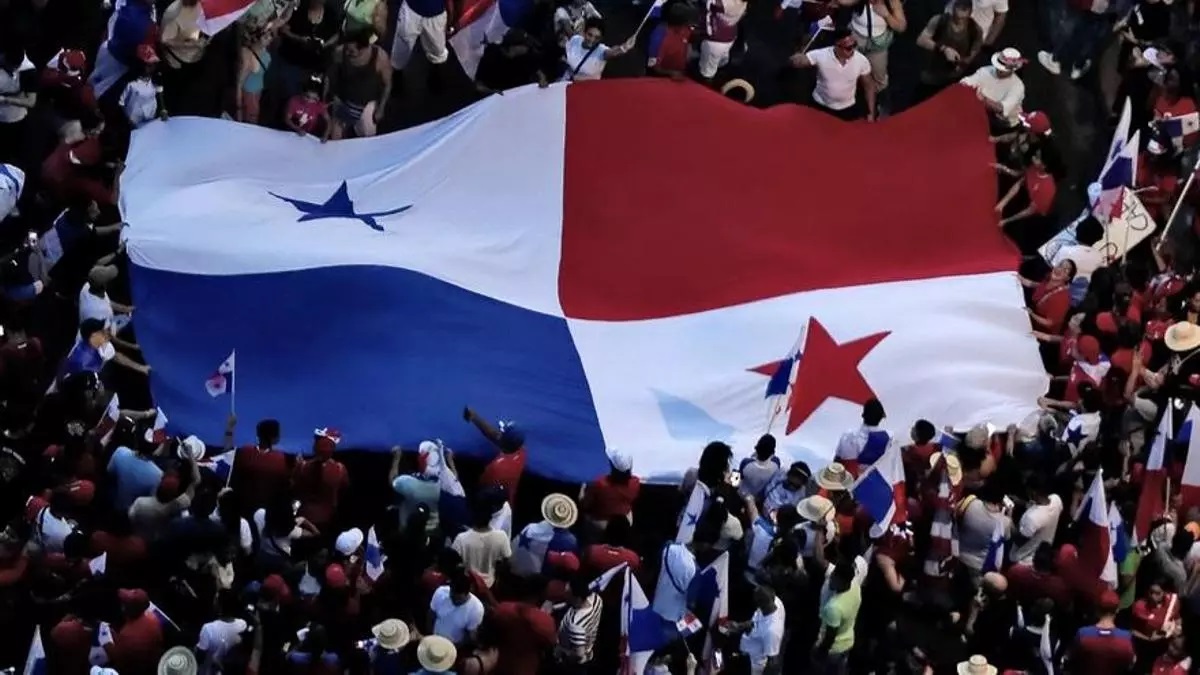
November 3 is a pivotal date in Panama’s history, as it commemorates the anniversary of Panama’s separation from Colombia and the birth of the Republic of Panama in 1903. This historic milestone marked the beginning of a new chapter in Panamanian national identity, forging a sense of pride and belonging. Beyond the celebration, national anniversaries reinforce the sense of unity and pride around the history and culture of Panama.
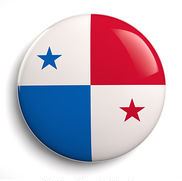
In the mid-19th century, Panama was a strategic region due to its geographic location, which facilitated transportation and trade between the Atlantic and the Pacific. In 1821, Panama gained independence from Spain and voluntarily joined Gran Colombia, a republic that included Venezuela, Colombia, Ecuador, and Panama under the leadership of Simón Bolívar. However, with the dissolution of Gran Colombia in 1830, Panama remained part of the present-day Republic of Colombia. Over the next few years, Panama faced a number of internal problems and conflicts with the Colombian government, as well as being a victim of political and economic instability.
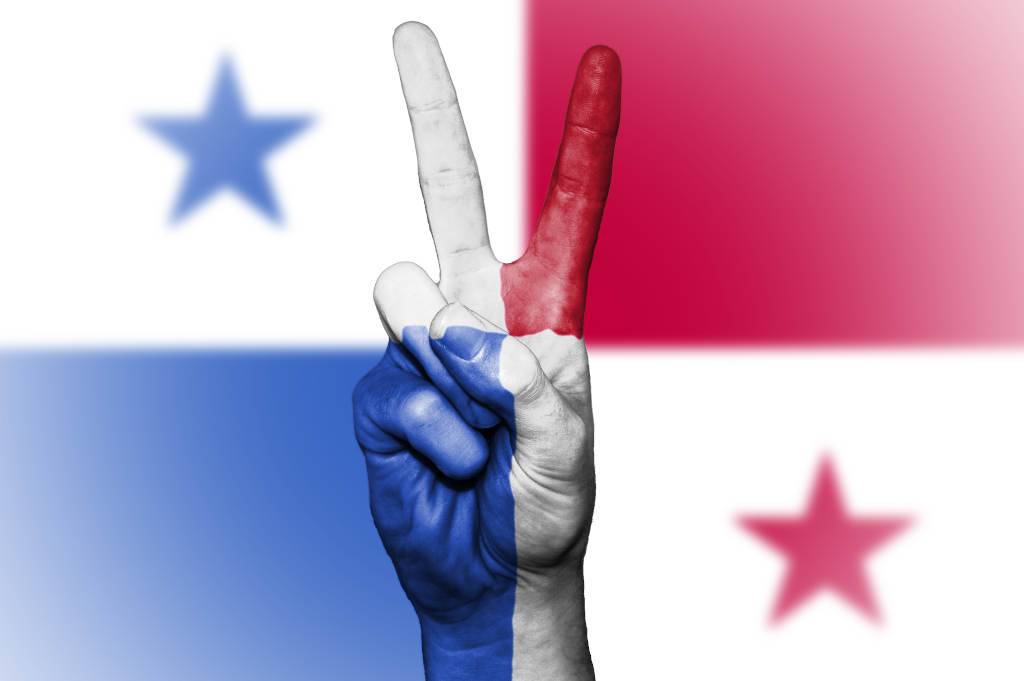
The construction of an interoceanic canal in Panama generated great international interest, especially from the United States. After several failed attempts and political confrontations, the Colombian government rejected a treaty with the United States for the construction of the canal. This led to an independence movement backed by American interests, which ultimately resulted in the separation of Panama on November 3, 1903. This movement was supported by Panamanian leaders such as José Agustín Arango, and Manuel Amador Guerrero (who would become the first president of Panama), and other prominent independentists.
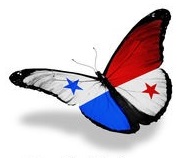
Protagonists of the Independence of Panama
José Agustín Arango: He was a key figure in the separatist movement. As leader of the Revolutionary Committee, he organized and planned the separation from Colombia, working in political alliances both locally and with the support of the United States.
Manuel Amador Guerrero: Doctor and politician, he was appointed as the first president of the new Republic of Panama. Guerrero played a key role in the negotiations with the United States.
Federico Boyd and Carlos Constantino Arosemena: Other members of the Revolutionary Committee, who actively participated in the organization of independence and in international diplomatic negotiations.
María Ossa de Amador: She was one of the creators of the Panamanian flag and considered the Mother of the Nation. Historians say that while the events leading up to the separation were taking place, Doña María and her sister-in-law Angélica Bergamonta de la Ossa, Jerónimo’s wife, bought the blue, red and white fabrics from three different stores in Panama City, so as not to arouse suspicion.
Reasons for the Separation of Colombia
The decision to separate from Colombia arose mainly from the following factors:
Colombia’s disinterest: The Colombian government had limited control and presence in the Isthmus of Panama. Local needs and demands were felt to be neglected by the central administration in Colombia.
Political and Economic Instability: The constant civil wars in Colombia generated instability in Panama, which affected its economic development and the daily lives of its inhabitants.
American Interests in Canal Construction: The United States sought to build a canal that would facilitate trade and military mobility. When Colombia rejected the treaties that allowed for the construction of the canal, the United States found an opportunity in the Panamanian separatist movement to intervene and support independence.
November 3rd Celebration Activities in Panama
November 3 is the first date that opens the national commemorations and extends throughout the month. These celebrations are a moment of national pride and are carried out with activities that involve the entire Panamanian population, such as:
Patriotic parades: Parades are one of the main attractions, especially in Panama City, Colon and other parts of the country. School bands, members of the police and military participate, as well as folklore groups that display local costumes and traditions.
Official ceremonies and patriotic speeches: Panamanian authorities hold official ceremonies and give speeches that highlight the importance of independence and national values.
Cultural Exhibitions: During these festivities, exhibitions of traditional Panamanian art, music and dance are promoted that highlight the cultural richness of the country.
Recreation of independence: In some areas, theatrical performances are held that recreate the proclamation of independence and the key moments of this historic separation.

Above, this is Panama’s first Municipal Council of 1903. Panama’s separation from Colombia in 1903 was a complex process, marked by the involvement of key figures, both local and foreign, who managed to influence the events that led to Panamanian independence. American intervention, commercial interests, and the support of influential figures from the Isthmus and the United States contributed to Panama’s establishment as an independent nation, which also paved the way for the construction of the Panama Canal.

